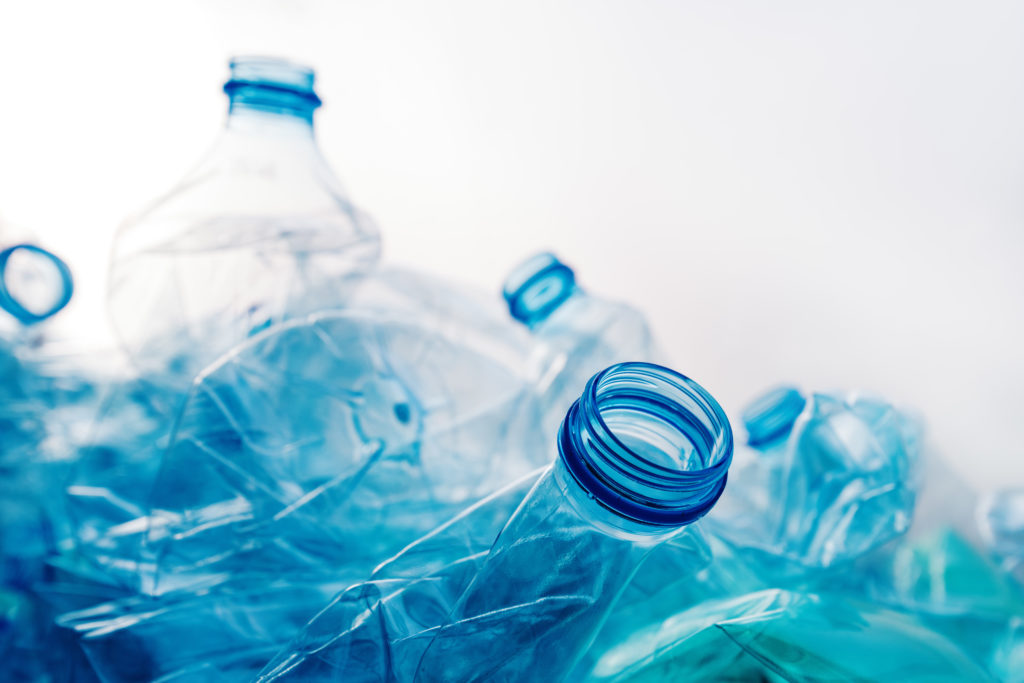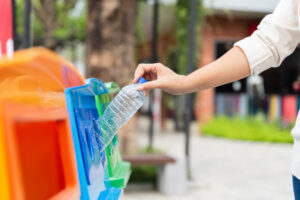
Press Release
Consumer Brands Weighs in on Draft National Strategy to Prevent Plastic Pollution
ARLINGTON, Va. – The Consumer Brands Association formally weighed in this week on the U.S. Environmental Protection Agency’s (EPA) Draft National Strategy to Prevent Plastic Pollution. The comment submission compiled insight from across the consumer products industry, which has made great strides to enhance packaging sustainability and support recycling efforts for many decades, on effective strategies for preventing plastic pollution.
“Consumer Brands commends the EPA for identifying and undertaking the actions presented in the Draft National Strategy to Prevent Plastic Pollution. We are eager for its implementation alongside the goals established by the National Recycling Strategy,” said Consumer Brands Vice President of Sustainability John Hewitt in the comment letter.
The Strategy will complement the existing recycling commitments made by “all of the 25 largest CPG companies in the United States,” of which, 80% “are working toward introducing fully recyclable packaging for all of their products by 2030 at the latest.”
Specifically, Consumer Brands highlighted the following major factors deemed critical by the consumer products industry for preventing plastic pollution:
- Harmonize Recycling Standards Nationwide: Federal action is needed to harmonize and unify action with state and global initiatives to reduce a confusing patchwork, and such action is supported by consumers. Consumer Brands survey data shows that “83% of respondents believed that tackling plastic and packaging waste is an opportunity for the federal government to lead.”
- Review Misunderstood “Chasing Arrows” Symbol: A holistic review of the Resin Identification Code or “chasing arrows” symbol will address the confusion over its intent for use by processing centers, not consumers. Consumer Brands survey data shows “92% of Americans did not understand the purpose of resin identification codes.”
- Integration of Advanced Recycling: The EPA should encourage and lead research, development and integration of new tools available for improved recycling technology. To ensure this, the “criteria utilized to designate processes as ‘recycling activities’ should be conducive to the development of new technologies capable of improving upon material circularity.”
The comment letter further underscored how these steps in the EPA Strategy will work together to ease consumer confusion caused by the current national patchwork of nearly 10,000 local recycling systems, each with their own set of rules, which is keeping recycling rates low.
“A significant percentage of this loss of valuable post-consumer recycled content into waste streams can be attributed to consumer confusion,” Hewitt said.
“Research conducted by Consumer Brands demonstrated a scarce 4% of Americans reported not being confused by recycling.”
###
The Consumer Brands Association champions the industry whose products Americans depend on every day, representing nearly 2,000 iconic brands. From household and personal care to food and beverage products, the consumer packaged goods industry plays a vital role in powering the U.S. economy, contributing $2 trillion to U.S. GDP and supporting more than 20 million American jobs.
Published on August 1, 2023



